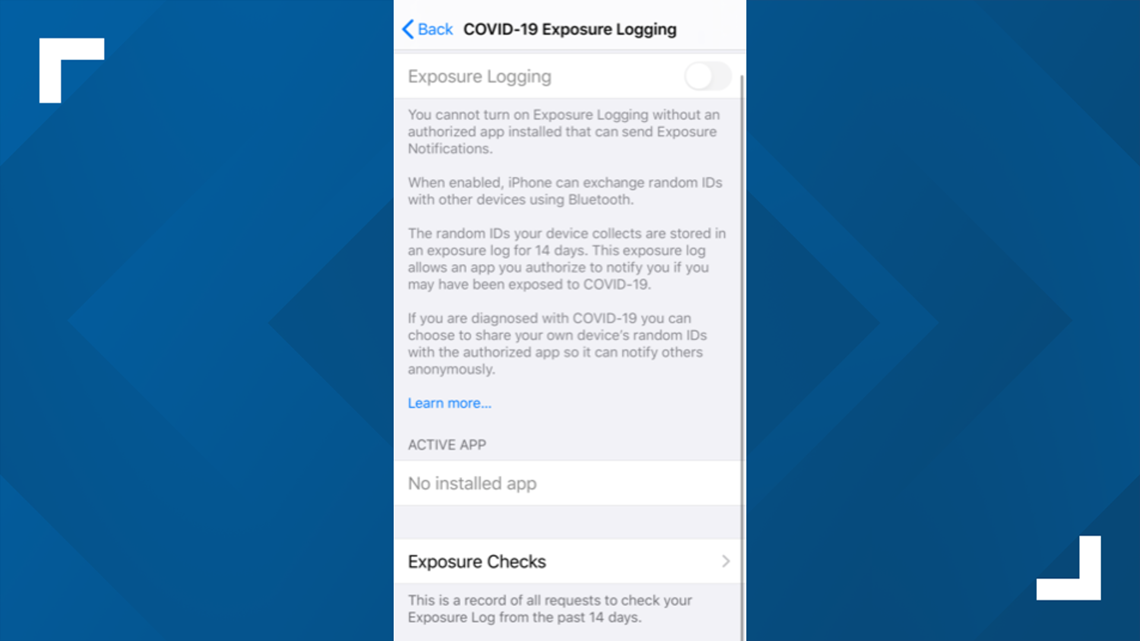Contract tracing has become an important tool in recent months, as public health agencies work to track potential exposure to outbreaks of COVID-19.
THE QUESTION
A viewer contacted the KARE 11 VERIFY team by text message, sharing a screenshot of a social media post claiming that new contact tracing technology was being automatically activated on Apple and Android smartphones.
The viewer asked, "Wondering if this is real?"
THE ANSWER
We can verify that while COVID-19 Exposure Logging is now available as part of updated operating system software for many Apple and Android devices, it is false that the technology is automatically activated on any device. Users must manually opt-in, and also download a second, authorized app in order for it to work.
SOURCES
THE CLAIM
A social media post circulating on Facebook states: "Do you know that a 'Covid-19' sensor has been inserted secretly into every phone ... The app can notify you if you've been near someone that have reported having COVID-19."
The post goes on to claim, "Don't turn it on because you will be traced everywhere you go but once you update your phone, it will automatically be turned on on our phones. Just remember to go back in and turn it off."
WHAT WE FOUND
Apple and Google announced a rare partnership in April 2020, in an attempt to "harness the power of technology to help countries around the world slow the spread of COVID-19" by giving device users the option to allow contract tracing.
"Once enabled, users’ devices will regularly send out a beacon via Bluetooth that includes a random Bluetooth identifier — basically, a string of random numbers that aren’t tied to a user's identity and change every 10-20 minutes for additional protection. Other phones will be listening for these beacons and broadcasting theirs as well. When each phone receives another beacon, it will record and securely store that beacon on the device," Apple's FAQ page states.
If a user tests positive for COVID-19 and consents to public health authorities reporting the information, the user's "beacon" is added to a positive diagnosis list, which can inform other users they may have been exposed.
However, while the service is now available on many devices, it is not automatically activated.
"Each user will have to make an explicit choice to turn on the technology," Apple's FAQ states. "It can also be turned off by the user at any time."


A user must also voluntarily download an authorized app for the service to work. Public health authorities are the only ones authorized to create an app that works with the technology. As of late summer, very few state health departments had even done so; more states added the technology in late fall, including Minnesota, which launced its COVIDaware app in November.
In addition, Apple said no location data is collected by the service, and user identities are never shared with the companies or between devices. The random ID numbers are also rotated every 10 to 20 minutes to prevent tracking, according to Apple.
"The choice to use this technology rests with the user, and he or she can turn it off at any time by uninstalling the contact tracing application or turning off exposure notification in Settings," Apple's FAQ states.
BOTTOM LINE
While it is now an available feature on many devices, Apple and Google's Exposure Notification System is not automatically activated. The system must be voluntarily turned on by a user who must also download a corresponding app before it will work. Such apps aren't even available in a vast majority of states as of this writing.

